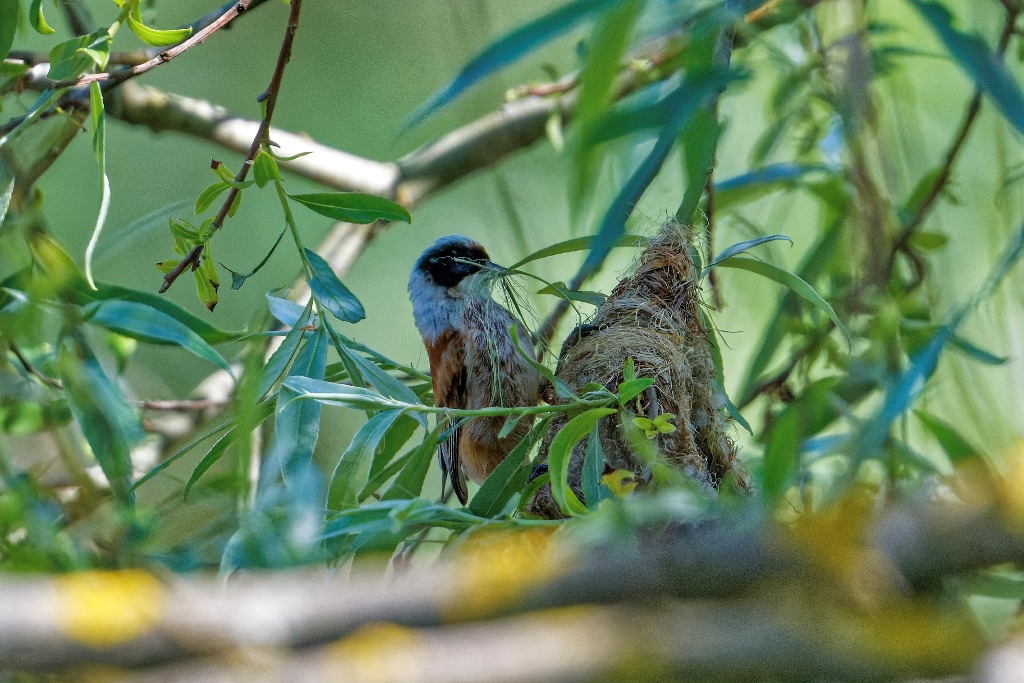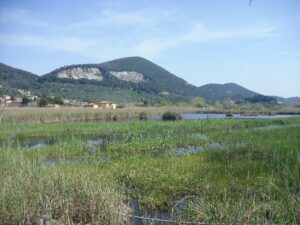Birding trips from Pisa And Lucca
The cities of Pisa and Lucca are very close to important birding hotspots with ecosystems ranging from wetlands and river mouths to lowland forest. One of the best of these sites—and one of the best in all of Tuscany—is Massaciuccoli Lake, covering about 2,500 acres right on the coast of the Tyrrhenian Sea.
Over the 120 years of Massaciuccoli’s birdwatching history, almost 300 species have been recorded at the lake. Migrant black terns and little gulls swoop to capture insects and small fish on the surface, while the extensive reedbeds attract great and little bitterns. At about 150 breeding pairs, the purple heron colony here is Italy’s second-largest. During springtime, the reedbeds come alive with the melodies of reed, great reed, and the scarce Savi’s warblers. Cetti’s and moustached warblers and penduline tits are present year-round. In winter, it is not unusual to observe small flocks of ferruginous ducks.
The shorelines and dunes systems on Tuscany’s northern coast are equally attractive to birds. Some of the last regular breeding sites of the Kentish plover in Tuscany are here. In winter, many species from northern Europe and Siberia can be found on the sea, including the arctic loon, common eider, and common and velvet scoters.
The extraordinary wet forests of San Rossore are an excellent area to look for stock dove, great spotted cuckoo, and a number of other species that are not widespread in Tuscany or in Italy.
Other notable habitats well worth a visit include wet meadows, where large concentrations of northern lapwings, common snipes, and Eurasian curlews can be observed in winter. If you are lucky, the fascinating short-eared owl may also be seen.
